Deck & Commander Strategies
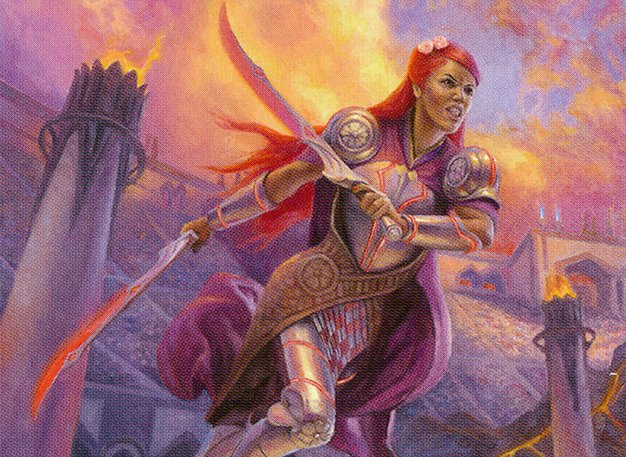
Najeela, the Blade-Blossom
Generate many Warrior tokens to enable infinite combat steps and win through repeated attacks.

Winota, Joiner of Forces
Attack with non-human creatures to bring powerful human creatures into play and overwhelm opponents.
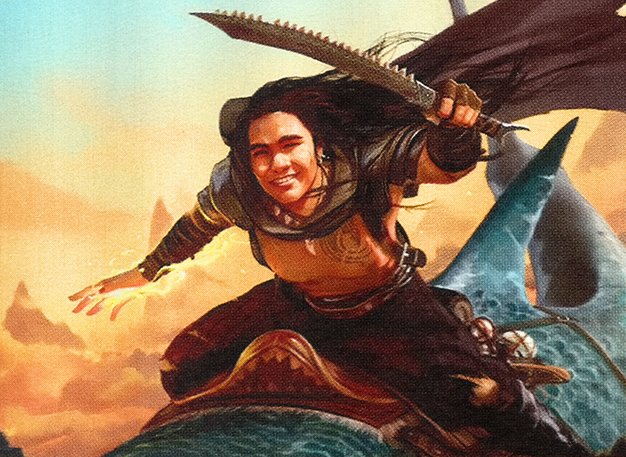

Brallin, Skyshark Rider / Shabraz, the Skyshark
Combo off by discarding cards to draw more, deal damage, and eventually close the game with a damage or combo finish.
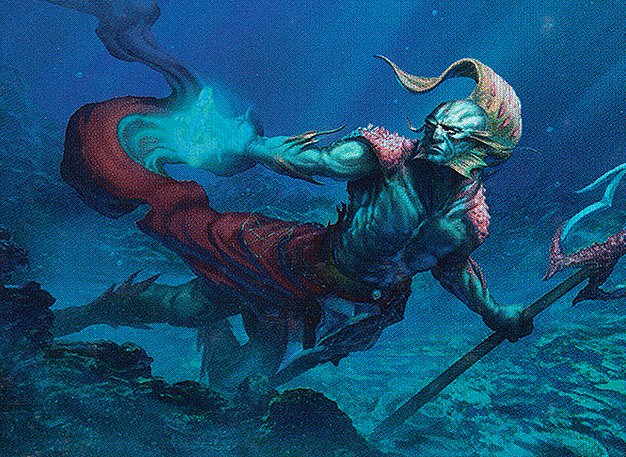
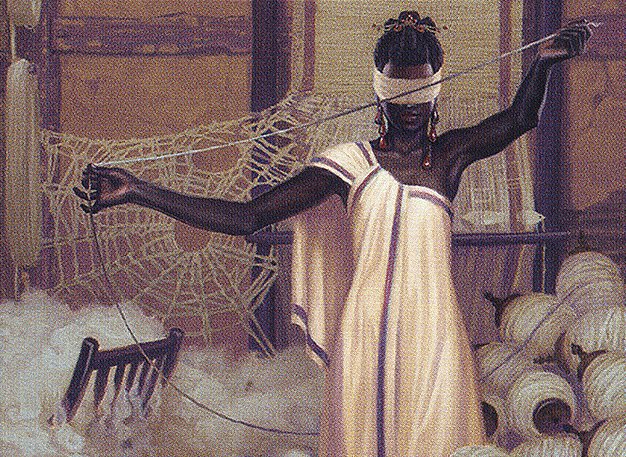
Thrasios, Triton Hero / Tymna the Weaver
Use tutors and mana acceleration to assemble infinite mana and win quickly through Oracle combos.
Gameplay Insights
- 1
Players had to carefully manage life payments from lands like City of Brass and effects that damage themselves, reflecting the high-risk, high-reward nature of cEDH mana bases.
- 2
The Najeela player prioritized attacking to trigger warrior synergy and generate infinite combat steps, a central win condition that pressured opponents.
- 3
The Thrasios/Tymna deck used powerful tutors such as Vampiric Tutor and Imperial Seal to consistently find combo pieces, accelerating their path to victory.
- 4
Winota's deck leveraged non-human creatures to trigger her ability, creating a threat of sudden board swings by deploying humans that could disrupt opponents' plans.
- 5
Brallin/Shabraz relied on a combo that involved discarding and drawing cards to deal incremental damage and gain card advantage, applying pressure over multiple turns.
- 6
The interaction of aggressive tribal strategies with combo decks resulted in dynamic combat phases where players had to decide between attacking, defending, or disrupting combo lines.
- 7
Despite aggressive board development, players showed caution in resource use, understanding that overextension could lead to swift combo kills from opponents.
Notable Cards
-

Najeela, the Blade-Blossom
-

Winota, Joiner of Forces
-

Brallin, Skyshark Rider
-

Shabraz, the Skyshark
-

Thrasios, Triton Hero
-

Tymna the Weaver
-
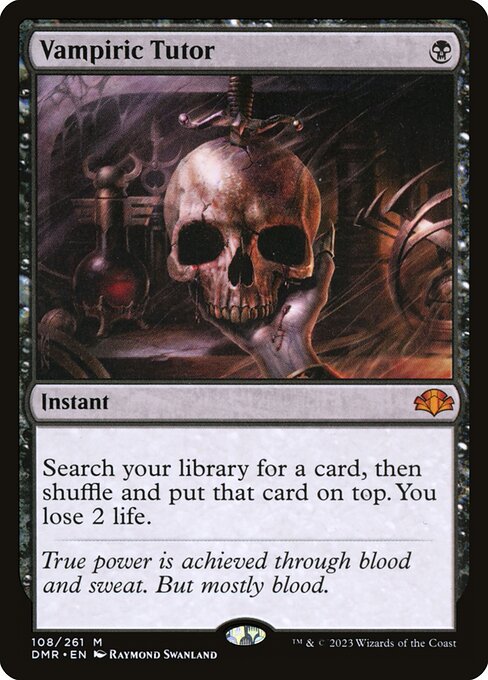
Vampiric Tutor
-
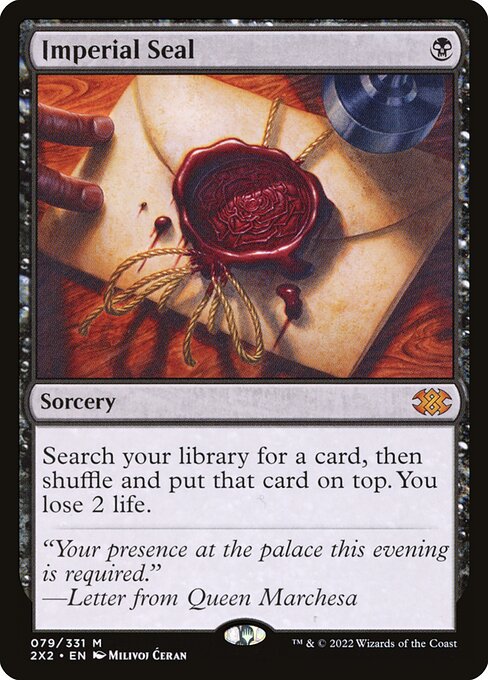
Imperial Seal
-
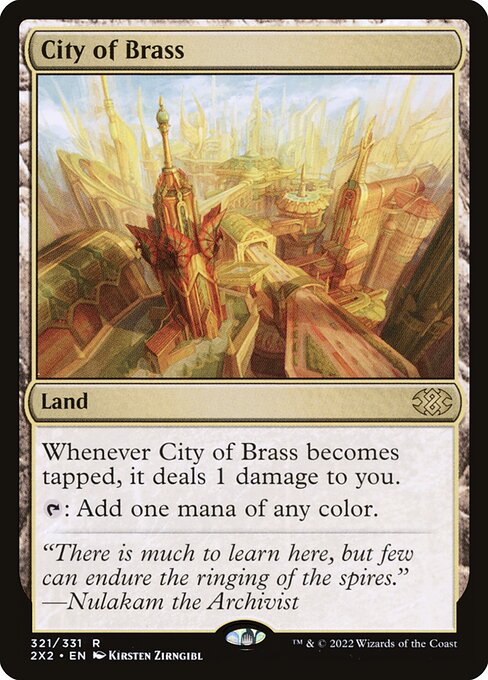
City of Brass
-
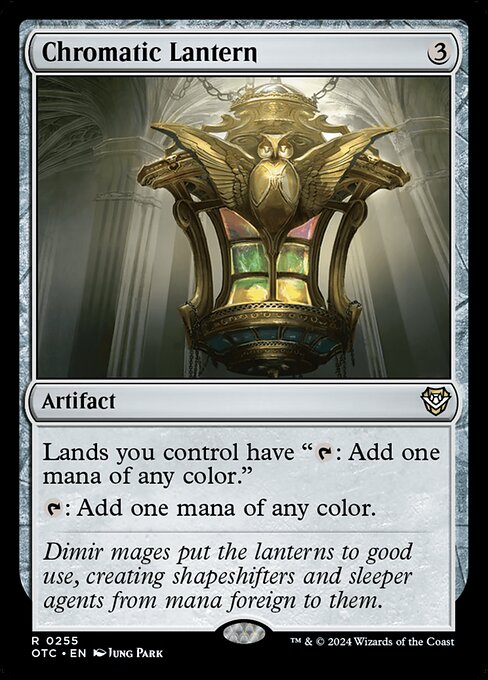
Chromatic Lantern
-
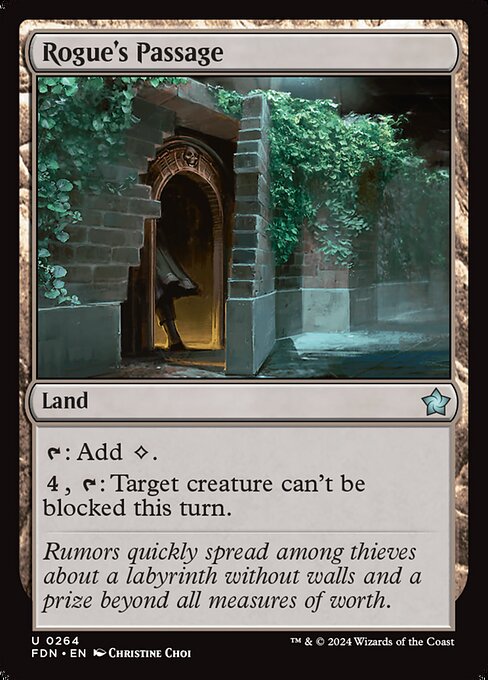
Rogue's Passage
Gameplay Summary
The game began with players setting up their mana bases and early board presence, with each deck seeking to establish its core strategy.
The Najeela player focused on assembling warriors and leveraging infinite combat steps for a potential combo finish.
Winota aimed to flood the board with non-human creatures to trigger her ability and generate powerful human creatures as key threats.
The Brallin/Shabraz deck worked on a combo-driven plan involving discarding cards and drawing to fuel damage and card advantage.
Meanwhile, the Thrasios/Tymna deck sought to assemble infinite mana combos and win with a fast Oracle of Mul Daya line, employing tutors and incremental value plays to accelerate their plan. Early turns featured players carefully managing life payment costs from lands like City of Brass and painful mana rocks while developing their board states.
A critical turning point came when the Najeela player successfully cast Najeela, the Blade-Blossom, and began attacking to trigger warrior synergies.
The Winota deck attempted to disrupt opponents with non-human creatures and generate board presence.
The Brallin/Shabraz player utilized incremental card draw and damage to pressure the table, while Thrasios/Tymna used tutors such as Vampiric Tutor and Imperial Seal to find key combo pieces. The game was marked by intense resource management and strategic attacks targeting threats and value engines.
Players faced the challenge of balancing aggression with defense and controlling the board.
The interaction between Najeela’s warrior tribal synergy and Winota’s human/non-human tribal mix created dynamic combat phases.
The game ultimately hinged on exploiting infinite combat steps or assembling the combo lines that generate infinite mana, with the Thrasios/Tymna deck poised for a fast combo finish through tutors and mana acceleration.


































